

We provide a cutting-edge farm mapping service in Ireland for your agricultural land. With our drone mapping services, you will have access to a wealth of data that can help optimize crop yields, improve irrigation and fertilizer efficiency, and reduce costs. We can map your farm using multispectral imaging, LIDAR mapping, topographical mapping and more.
Drones equipped with multispectral cameras can detect early signs of crop diseases and nutrient deficiencies, allowing farmers to take timely corrective measures. With the ability to cover large areas quickly and provide real-time data, drones can also help farmers to precisely target areas requiring treatment, reducing the need for widespread pesticide or herbicide use.

Drones equipped with LIDAR sensors can gather and interpret data regarding the condition of the land and its topographical features including drainage paths. LIDAR drones can also help farmers to identify areas of their land that are in need of remediation or restoration.

Our drones' LIDAR and remote sensing technologies, allow issues associated with irrigation, and insufficient or excessive moisture, to be easily rectified. Using this data, together with crystal-clear RGB Imagery of soil and crops, you can identify natural land flow patterns, prevent water-logging and optimise drainage.

Large areas of land can easily be photographed, examined, and documented by drones to capture an exact reading of their geography, boarders, and vegetation cover. This allows you to record a professional and accurate status of your land at a given point in time, without having to step foot on the ground.

As licensed engineers, we also provide the expertise, understanding, and knowledge necessary to carry out a thorough inspection, with deliverables to match. Our skilled engineers are at the ready.
The Irish Aviation Authority has awarded Engineers with Drones full approval in accordance with the most recent European-wide EASA regulations.
To ensure that you always get the best possible service and cutting-edge deliverables, we purchase the most up-to-date drone technology as soon as it's available.
The operation of Engineers With Drones is governed by a comprehensive HSSE system. Our guiding principles are to reduce risk through rigorous assessment, and to maintain a high level of staff education and training.
We have 6.5 million in public and product liability insurance, and 13 million in employers' liability insurance. Engineers with Drones are fully insured to fly wherever you need.
As we're situated in Ireland, we can respond to your needs quickly, with zero travel complications.
As seasoned engineers in the field, we are aware of the trouble that shoddy reports and deliverables can create. For this reason, we provide you with exactly what you require.
Thanks to our fast turnaround times, your entire project can be completed in a fraction of the time of traditional methods, without any compromise in the quality of your deliverables.
In addition to quadrupling the resolution of an HD camera, 4K also gives you quicker frame rates, incredible contrast variations, and expanded colours. VR video takes the level of immersion and clarity to the next level.







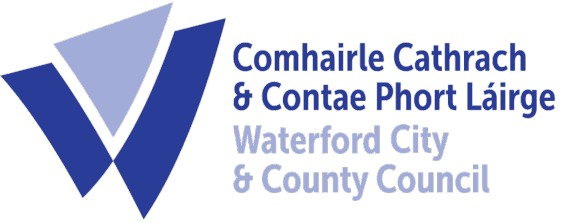

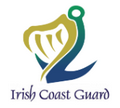
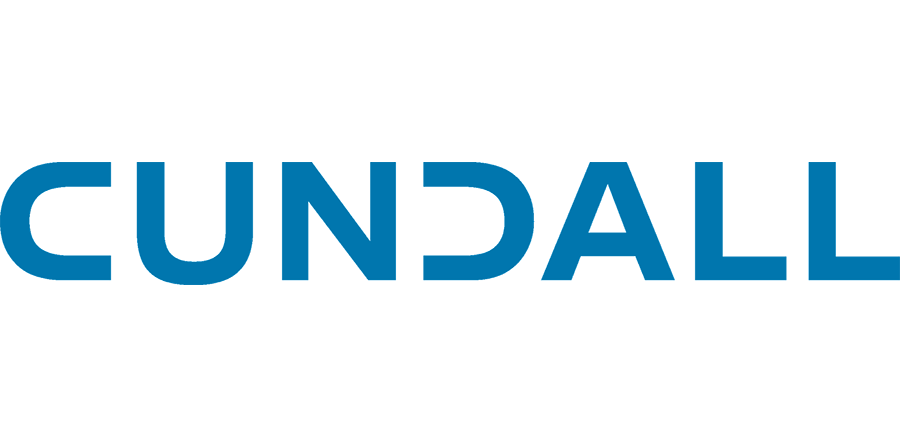










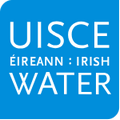

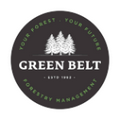





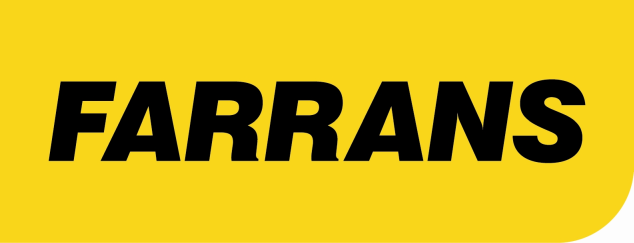
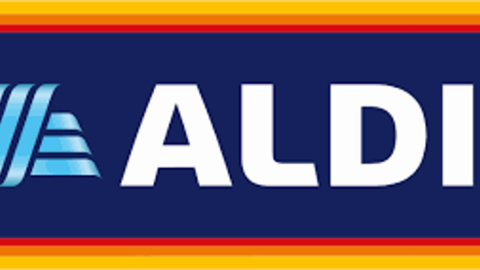






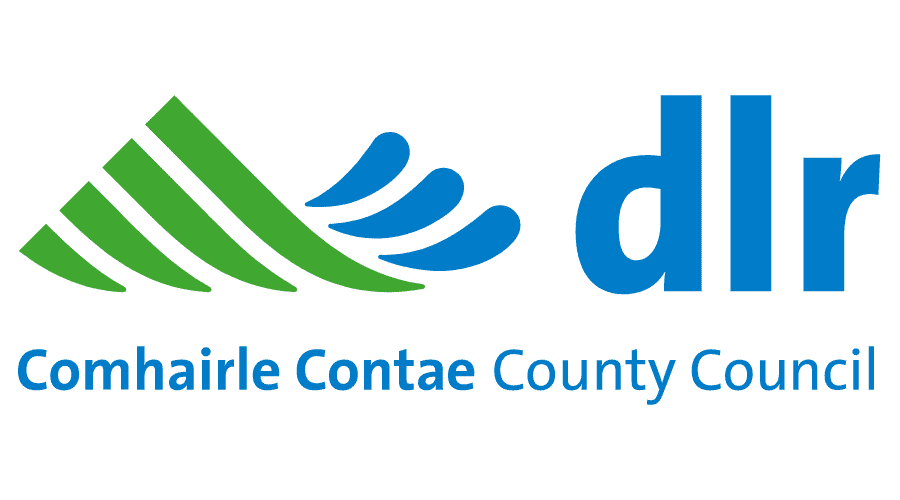











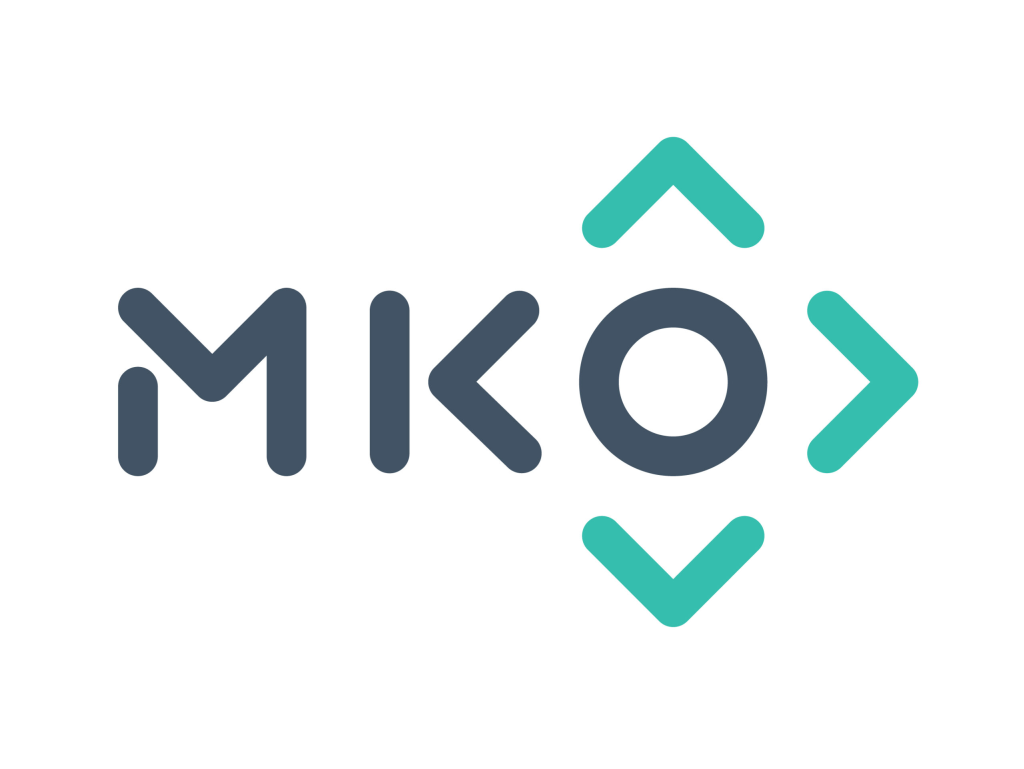
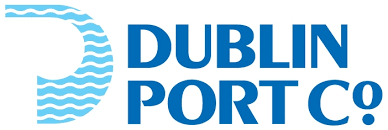









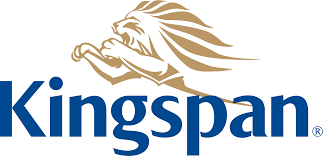












































































































































The safety of your personnel and our own is paramount, and we place it at the forefront of our company culture. Ask us about our HSSE systems and practices.
Drone inspections take up less of your manhours and resources than traditional inspections, giving you a faster and more budget-friendly return on your investment.
We use cutting-edge technologies to detect problems that would otherwise be invisible. These include ultra-HD photography/video, LIDAR and thermal imaging.
Drones capture high-quality, impartial information that gives you an exact assessment of the status and needs of your asset.
Thermal IR technology and ultra HD allow our engineers to get a view that is not available to the naked eye. From a safe distance, we can find defects and insights that are only visible with a drone.
We understand that you need answers fast. We can deliver a plain-English report with clear-cut conclusions in days. Then, you can take the steps you need to and get back to doing what you do best.
Need us there in a hurry? No problem. Let us know what you need, and we can be there on the same day. After all, sometimes the problem just won't wait.
Sometimes the brief can change even in real-time. If need be, you can be stood there right next to the drone operator, directing them as the situation develops.
Drones have a wide range of applications in agriculture. One of the main benefits of drones in farming is their ability to gather data quickly and accurately. This information can be used to optimize crop yields, identify areas of pest infestation, and monitor plant health. Drones can also be used to apply fertilizers and pesticides precisely, reducing the amount of chemicals needed and minimizing environmental damage. Overall, drones are a valuable tool for modern farming, offering increased efficiency, accuracy, and productivity.
The time invested in planning pays off year after year. Up-to-date and detailed aerial imagery of your land is priceless. Drone farm surveying can create these images for you in a fraction of the time, so you can plan with confidence and move on to the next phase.
Clear images simplify road and access planning and help you use your land efficiently. Up-to-date images are invaluable in boundary disputes. Our topographic maps of your property make it easier to plan crops, paddocks, drainage and irrigation. When you know the lay of the land, you can irrigate more efficiently and avoid flooding. We take care of this in a single flight, streamlining the process.
Aerial photographs show variations in health and density that aren't visible from a human perspective. Inspection efficiency allows for more frequent crop monitoring. Our drone is equipped with a high-resolution camera that capture detailed images without endangering crops. Intervention before health is poor enough to be visible from the ground often saves entire areas of crops from failure.
Multispectral imaging provides information about the health of plants, and can detect pests or diseases. Fertilisation is also more efficient when you can pinpoint exactly where it's needed. With multispectral imaging we can detect pests and diseases before the situation is bad enough to be obvious.
Livestock is tracked down easily. Drones cover larger areas and difficult terrain faster than a human, and with a sharper eye. Thermography is used to pinpoint lost livestock.
Buildings of all types are also inspected using a drone, giving you peace of mind that your livestock is safe. Including silos, tanks, and vessels.
Multispectral imagery show crop density, allowing you to estimate yield more accurately. Planning sales and distribution is made more efficient, and can be done at an earlier stage.
Agricultural drone surveys have many benefits for farmers and agriculture professionals. Firstly, they can quickly and accurately collect data about crop health, soil moisture, and plant growth, allowing farmers to make informed decisions about irrigation, fertilization, and pest management. Secondly, drones can cover large areas of land in a short amount of time, reducing the need for manual labour and increasing efficiency. Additionally, drone surveys can detect and identify crop diseases, allowing farmers to take proactive measures to prevent the spread of disease and increase yields. Finally, drone surveys can also assist in monitoring livestock and managing water resources, making them a valuable tool for sustainable agriculture practices.
Farm GPS mapping is a technology that uses Global Positioning System (GPS) to map out and track various aspects of a farm. The benefits of this technology are many. For instance, it allows farmers to accurately measure and manage their fields, making it easier to track crop growth and monitor soil health. Additionally, it helps farmers to save time and resources by optimizing the use of fertilizers and other inputs. This, in turn, reduces the cost of production and increases yield. Furthermore, farm GPS mapping provides farmers with detailed records of their farm activities, making it easier to make informed decisions and plan for the future. Overall, the use of farm GPS mapping is an excellent tool that helps farmers to increase their productivity and profitability while also promoting sustainable farming practices.
Our multispectral imaging technology is an advanced technique that utilizes drones to capture high-resolution images of your land in various spectral bands. These images provide valuable information about the health and vigour of your crops by revealing subtle differences in reflectance across different bands. By analysing these images, we can detect stress factors in your crops such as disease, nutrient deficiencies, and water stress, allowing for timely interventions to maximize yield and minimize losses. Additionally, our technology allows for accurate weed detection and mapping, which enables the precise application of herbicides, thereby reducing the use of harmful chemicals.
Crop monitoring and mapping: Multispectral cameras mounted on drones or other aerial platforms can capture high-resolution images of crops in multiple wavelengths. These images can be used to generate accurate maps of crop health, identifying areas of stress, disease, or pest infestations.
Multispectral imaging can help farmers optimize their use of resources, such as water, fertilizer, and pesticides. By analysing crop images, farmers can identify which areas of their fields require more or less attention, enabling them to apply inputs more efficiently.
Multispectral imaging can be used to estimate crop yields by measuring biomass, plant height, and canopy cover. This information can be used to adjust management practices and optimize crop production.
Multispectral imaging can identify specific plant diseases and pests by analysing the spectral signature of affected crops. This can enable farmers to take corrective action before the disease or pest infestation spreads.
Multispectral imaging can also be used to map soil properties, such as nutrient content, moisture, and pH. This information can help farmers tailor their management practices to the specific needs of their soil, optimizing crop growth and health.
Lidar, which stands for Light Detection and Ranging, is a remote sensing technology that uses lasers to measure distances and create highly accurate 3D maps of terrain and objects. Lidar can be used to accurately map farmland and provide highly detailed topographic data. This can help farmers better understand the terrain and make informed decisions about where to plant crops and how to manage water and soil resources. Overall, lidar technology offers farmers a powerful tool for improving efficiency and maximizing yields.
Topographic Mapping: Lidar can be used to create high-resolution topographic maps of farmland. These maps can be used to identify areas of elevation changes, slope, and water runoff, which can help farmers optimize crop yields.
By analysing lidar-derived DEMs, it is possible to identify the flow direction and accumulation of water across an area. This can help in mapping the drainage patterns, identifying areas of standing water, and detecting potential flood zones.
Lidar can help farmers monitor crop health by measuring the height, density, and structure of vegetation. This data can be used to identify areas of stress or disease in crops, allowing farmers to take corrective action before significant damage occurs.
Lidar can help farmers create detailed maps of their fields, which can be used to guide precision farming practices such as variable rate fertilization and irrigation. This can help farmers save time and money while improving crop yields.
Lidar can be used to create detailed maps of fields that can be used by autonomous farming equipment, such as self-driving tractors, to navigate fields more efficiently and accurately. This can help reduce labor costs and improve the precision of farming operations.
We purchase the latest drones as they come on the market to ensure you are getting the highest quality service from us at all times. Here is a quick look at what we would be most likely to use for a typical drone farm mapping services.

The M300 RTK by DJI is the premier enterprise-level inspection drone on the market. With a flight time of up to 55 minutes, lots of built-in redundancy, and a host of payloads to choose from, this is our go-to UAV for inspection work. When coupled with the Zenmuse H20T camera, it is capable of safely inspecting high-value assets at a stand-off range.

LiDAR for everyone. The DJI Zenmuse L1 LIDAR payload features an integrated Livox LiDAR module and a 20mp camera. This combination makes for an excellent all-round package. Covering up to 2km² in a single flight, the L1 carries a highly efficient payload.

This is a very special tool in our bag, as it comes with a newly upgraded imaging system with one 20MP RGB camera + four 5MP multispectral cameras (green, red, red edge, and near-infrared). Enables us to deploy it in high-precision aerial surveying, crop growth monitoring, and natural resource surveys.

Powerful yet attentive. The Mavic 3 Enterprise is the perfect discrete mapping and inspection drone. This is our go-to aircraft for missions where flying large drones would either be illegal or cause a disturbance. This powerful little drone gets the job done without showing off.

The DJI D-RTK 2 mobile base station helps make accuracy easy. This GNSS receiver supports GPS, GLONASS, Beidou, and GALILEO signals, allowing for centimetre-level positioning. The integrated IMUs monitor movements and calibrate tilt sensors to minimize risks.
Read more...
Read more...
Read more...
Read more...
Read more...
Read more...
Read more...
We take emails, phone calls, messages, everything! If you are unsure of what's possible we are happy to advise, the most important thing is to get in touch. We'll be happy to answer any questions you may have.
With drones, it's best to begin where you want to end up. What sort of deliverable would you like when it's all finished? If you are not sure then we can advise. We can look at what you would like and work backwards from there.
Once we have agreed on what is to be done, the scope of work is set and a price is agreed upon. We feel it is vital that everyone knows what they are getting and what they are paying for it. There should be no confusion.
Once we have confirmation you are happy to proceed, we start the ball rolling. We organise things like RAMS, site permits, Air Traffic Control clearance and much more. Basically, we generate everything needed to turn up on-site with all our ducks in a row.
Next, we do the work on site. We have the gear, we have the know-how, so now it's time to get the job done. This can sometimes be affected by the weather, but for the most part, we get the job done on the date specified.
This is where we take what we generated in the field and turn it into a final deliverable for you. This can be anything from the raw data itself, to fully processed Orthophotos, condition reports, CAD line work or thermal imagery.
The final step is the handover of the deliverables. We tend to use a cloud-based service, so you can access your data anywhere. We can also tie into your existing systems if that is more convenient.
Our drones (and our people) can offer a lot more than just HD images. Our team all come from specialist engineering backgrounds, and they use all the very latest drone technologies and capabilities to deliver expert analysis on all types of commercial, civil and industrial assets. If you need an engineer's expertise, next-generation drone technology and industry-leading deliverables, then you've come to the right place.
Capture high-quality imagery of your assets from never before seen vantage points.
Find out moreSee the condition and health of crops and vegetation with multispectral imagery.
Find out moreRecord incredibly detailed elevation data to aid in ultra-precise measurements and calculations.
Find out moreMap the features and topography of your land/space efficiently using drone technology.
Find out moreDetect abnormalities within your assets that are otherwise invisible to the naked eye.
Find out more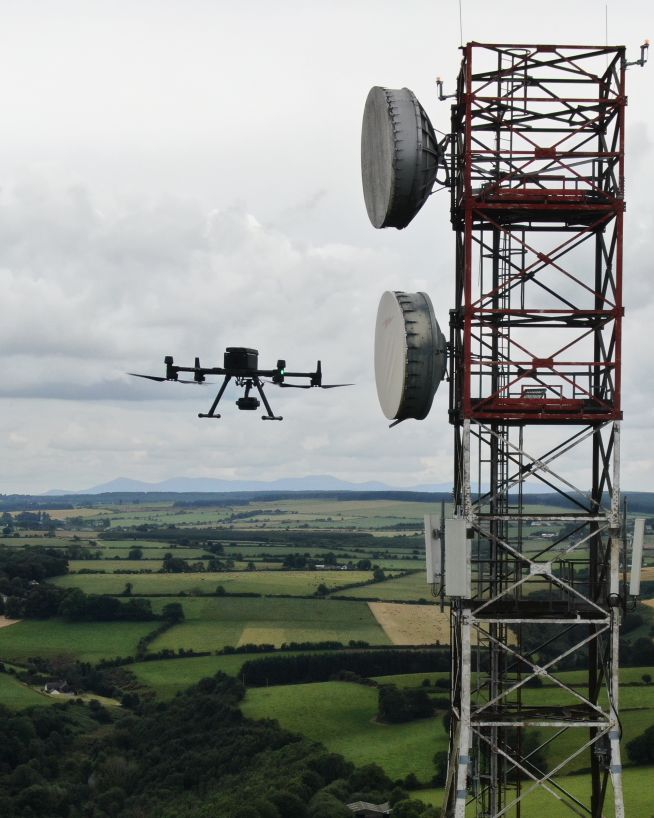
Instantly view complex structures, keeping risks to a minimum
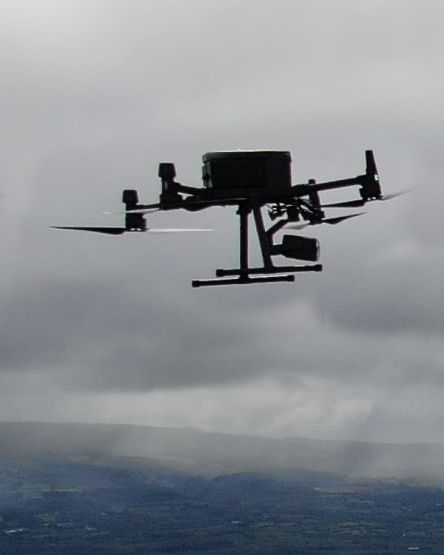
A more cost- and time-effective way to receive critical data
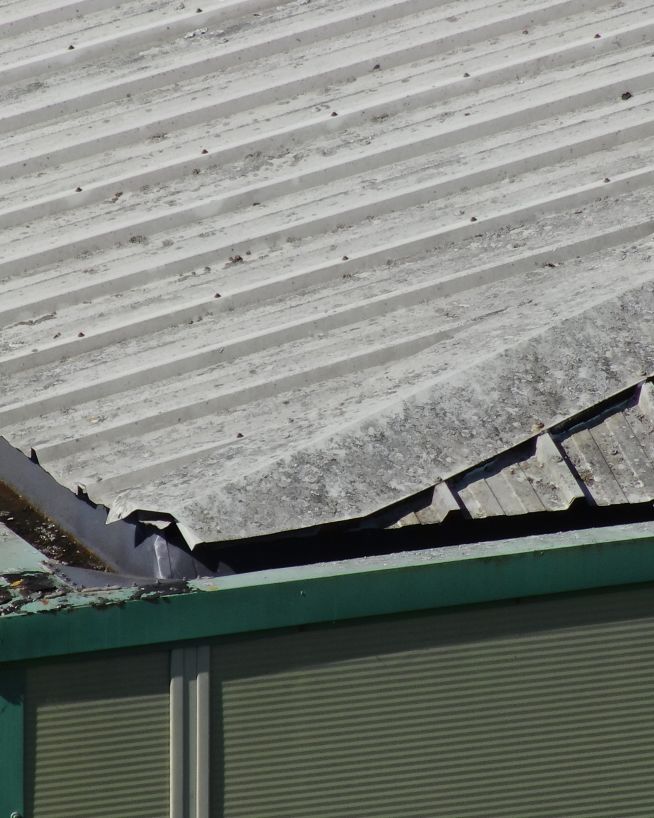
Clearer, faster results without the risks
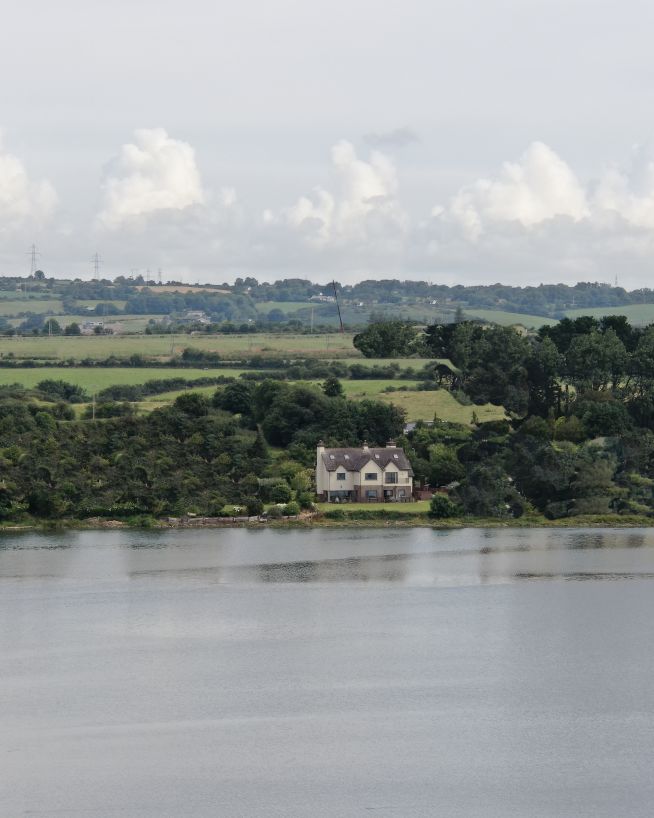
Add "Wow Factor" to residential and commercial property listings
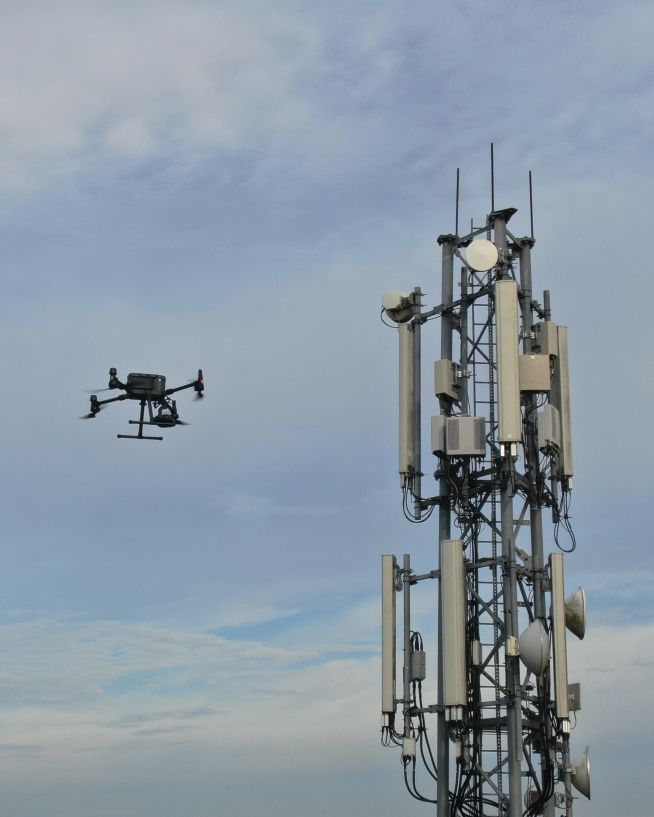
Reduced risk, damage to towers and delays
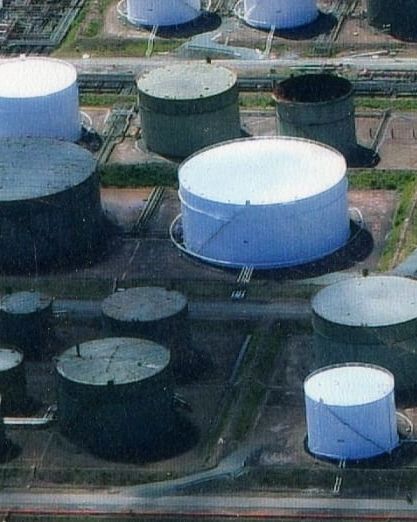
Safer and more cost-efficient flare (oil and gas) inspections
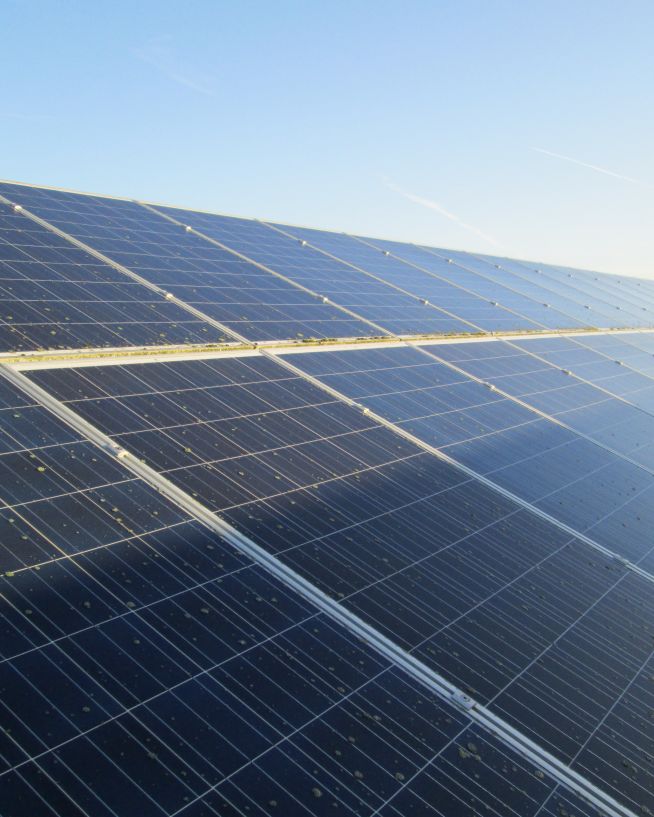
Get actionable data on quality and operational health
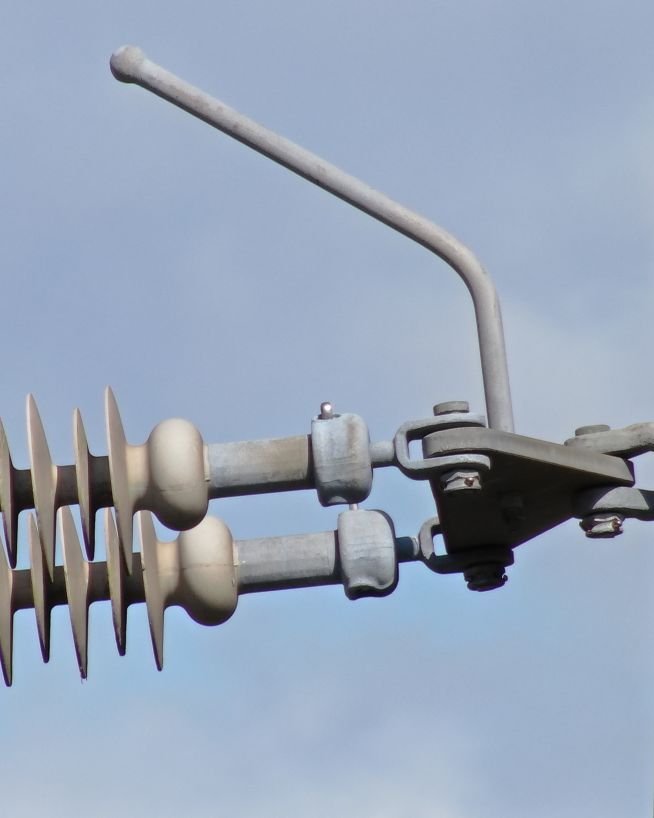
Instantly usable data via a safer and more cost-effective process
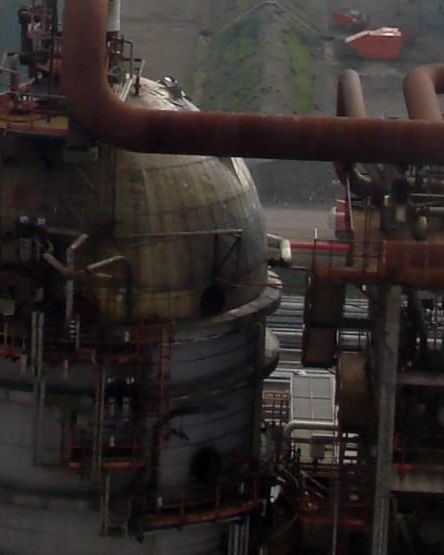
Fast, actionable data without the risks of traditional inspections
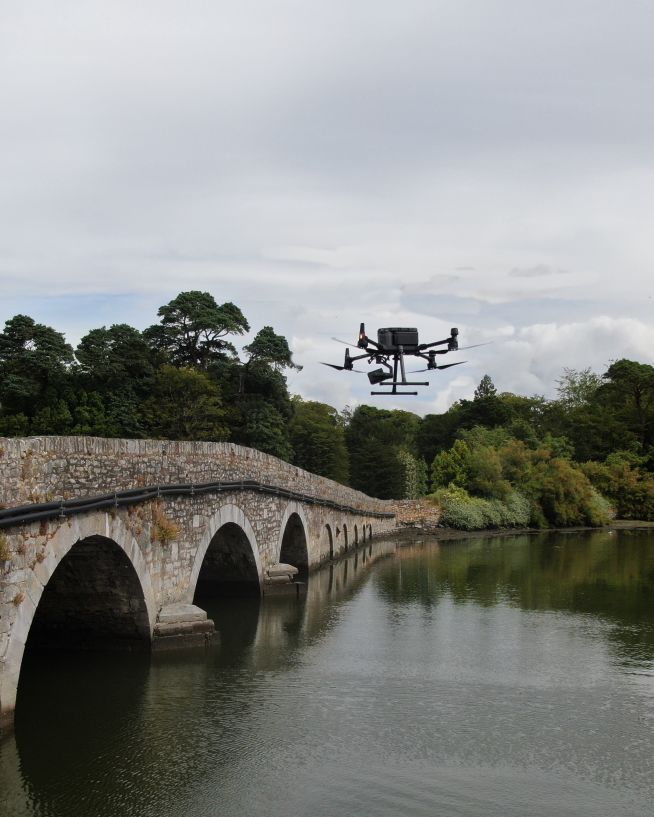
Safer, more cost-efficient, with less downtime
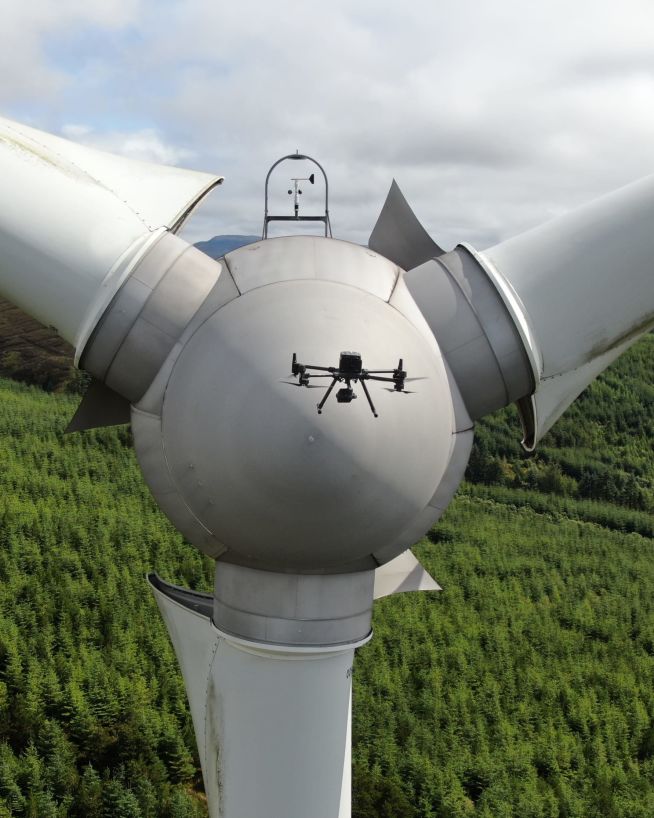
Inspect and maintain energy assets without risk or downtime
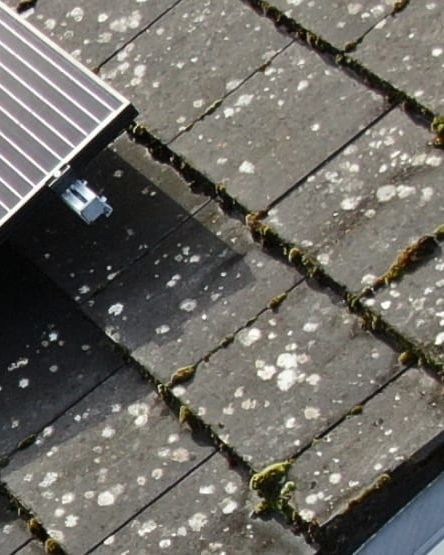
Ensure solar panel efficiency from precise data collection
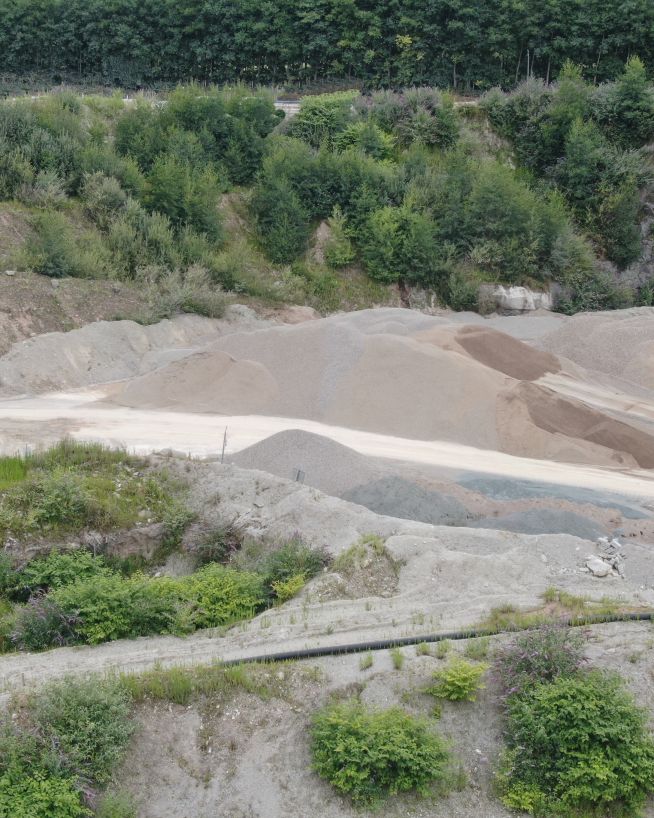
Monitor status and progress without downtime
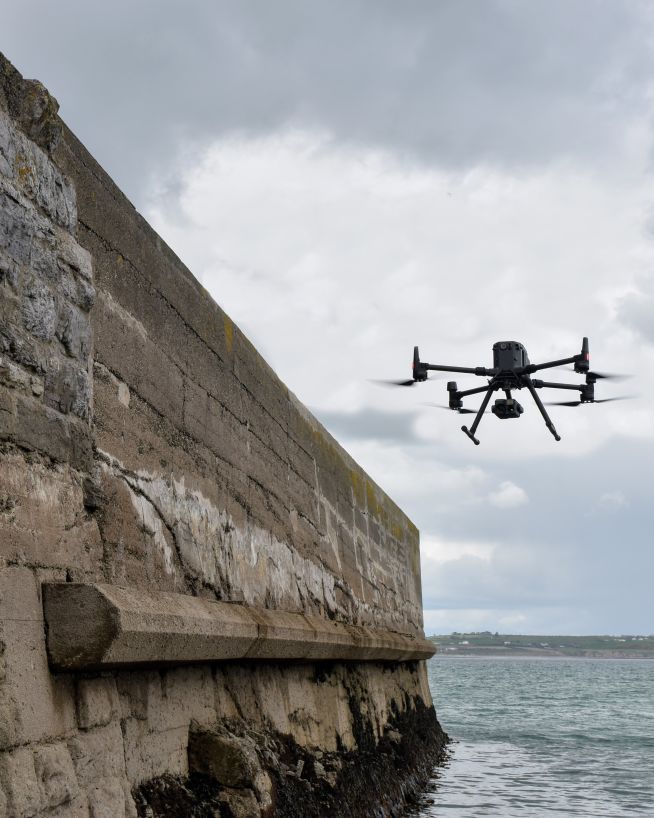
Monitor coastal assets safely and with more precision
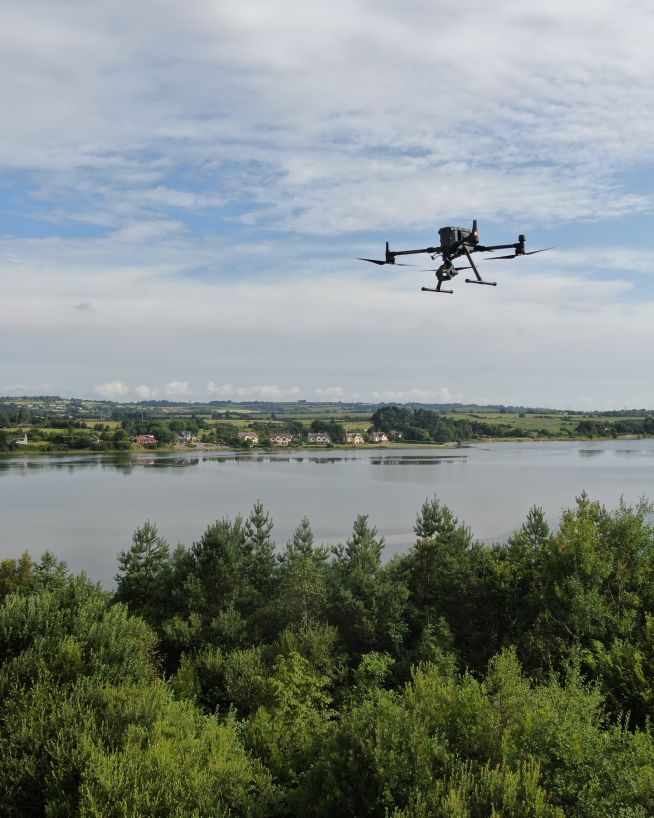
Safer, more precise data collection at a fraction of the cost
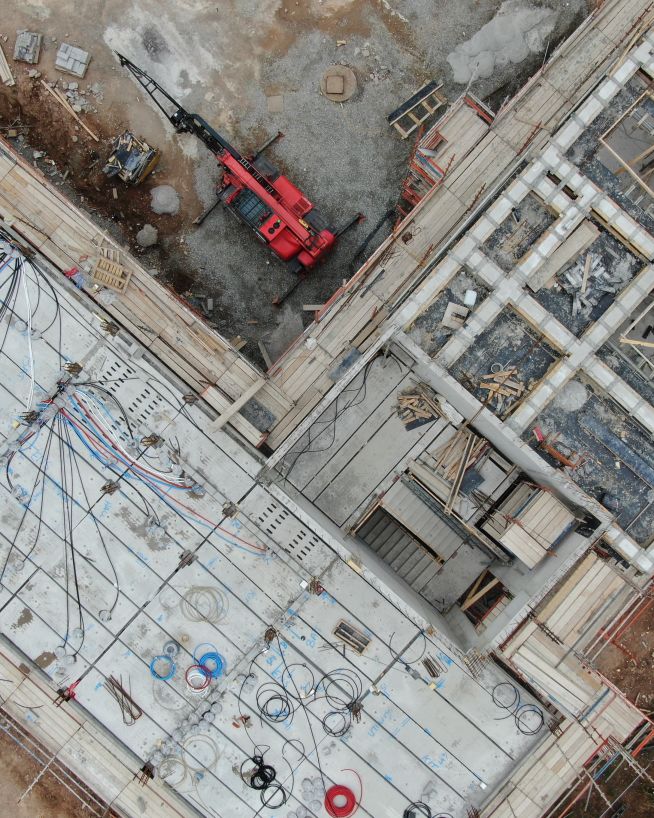
Instant, actionable data with no downtime
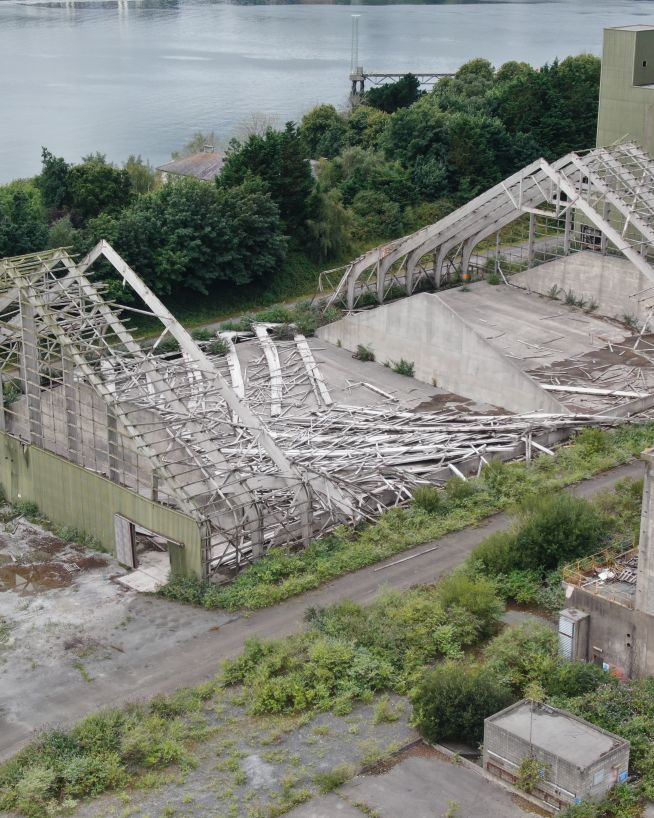
Assess damage quickly and with pinpoint accuracy
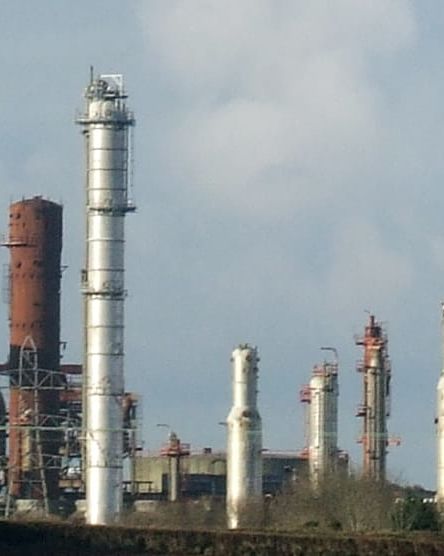
Actionable data from a safe distance, with less downtime
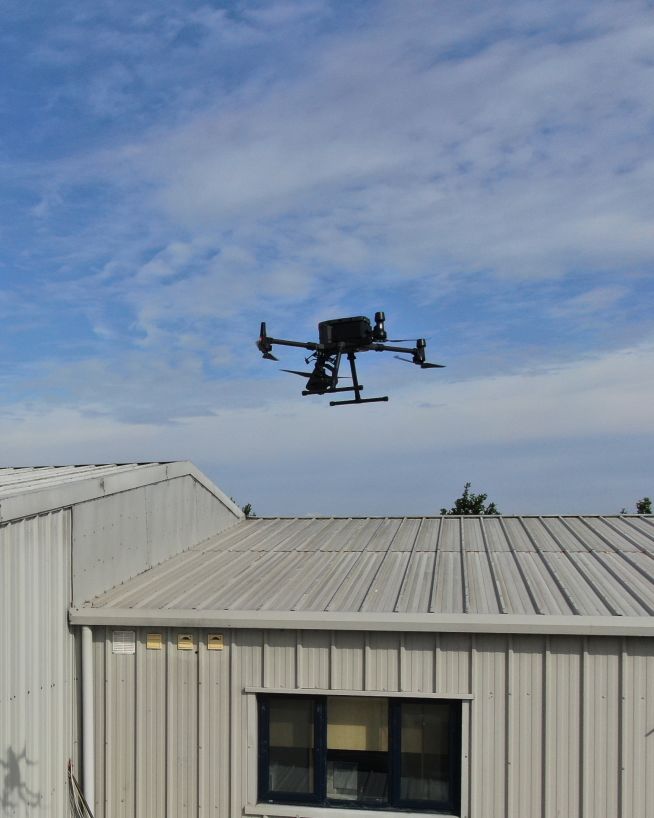
Accurate, safe and instantly actionable data collection
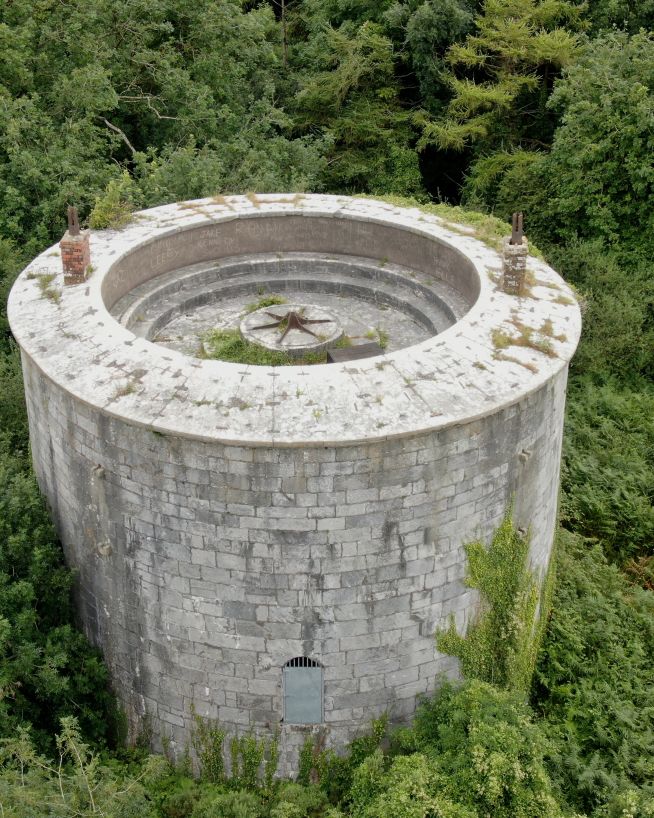
Analyse historical buildings without risk to people or property
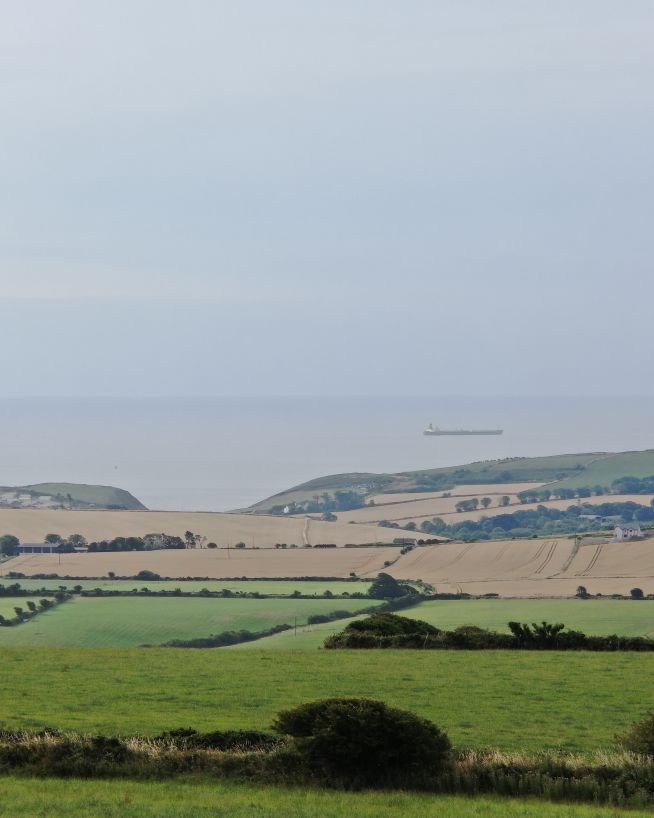
Faster, cheaper and more accurate analysis of land
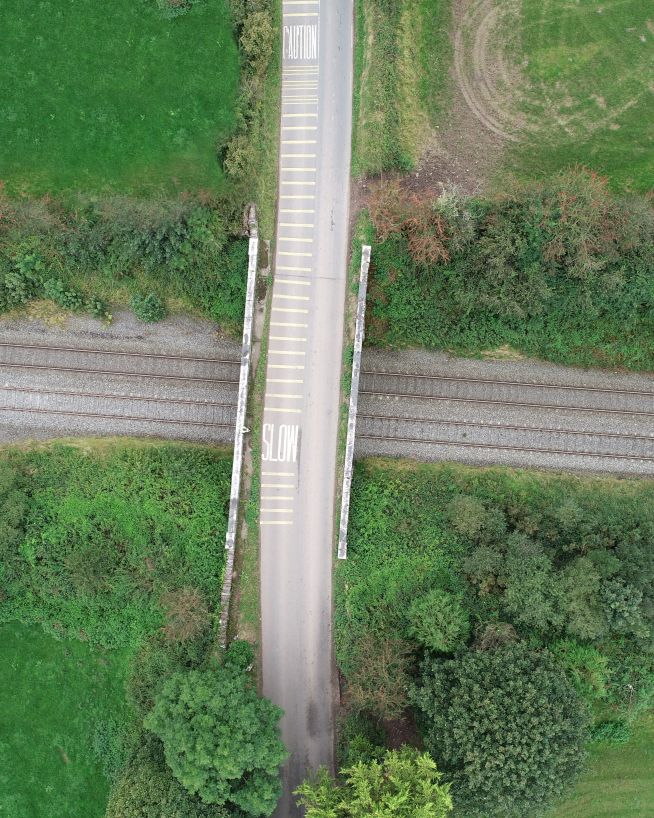
Eliminates downtime and safety concerns, at a fraction of the cost
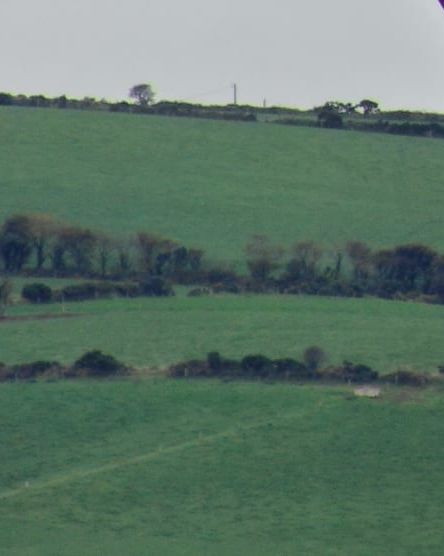
Critical, pinpoint details with none of the risk
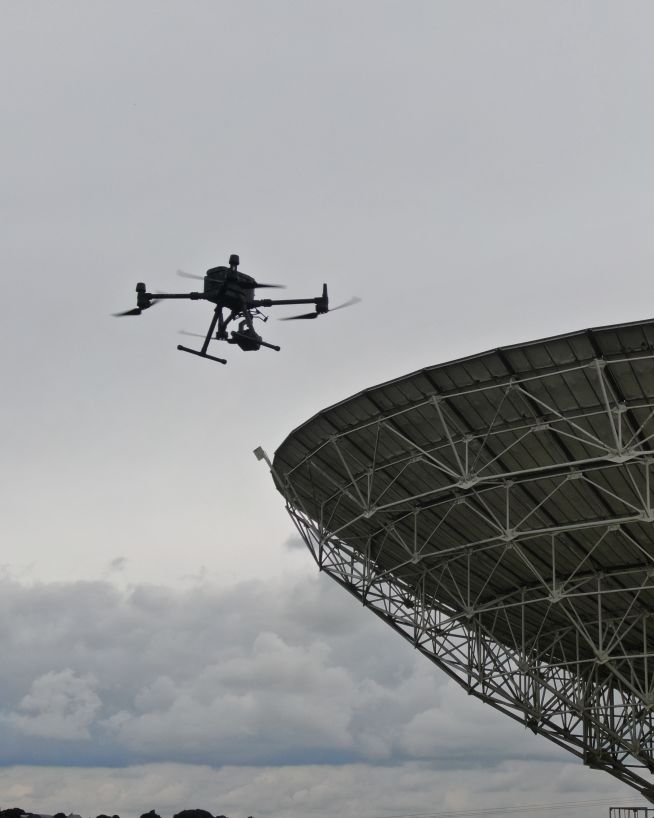
Get critical data on cell and telecommunication infrastructure
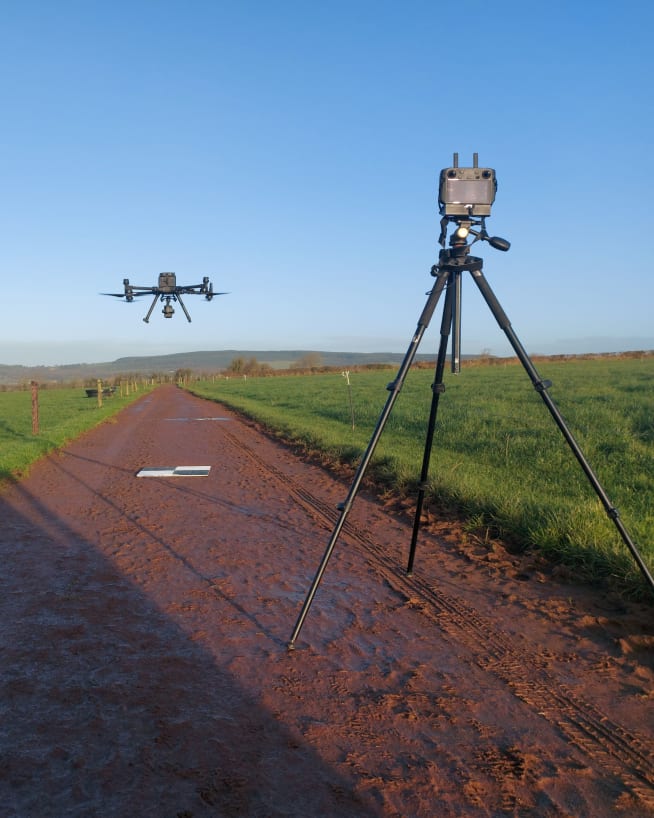
Accurate and efficient analysis of crops and land
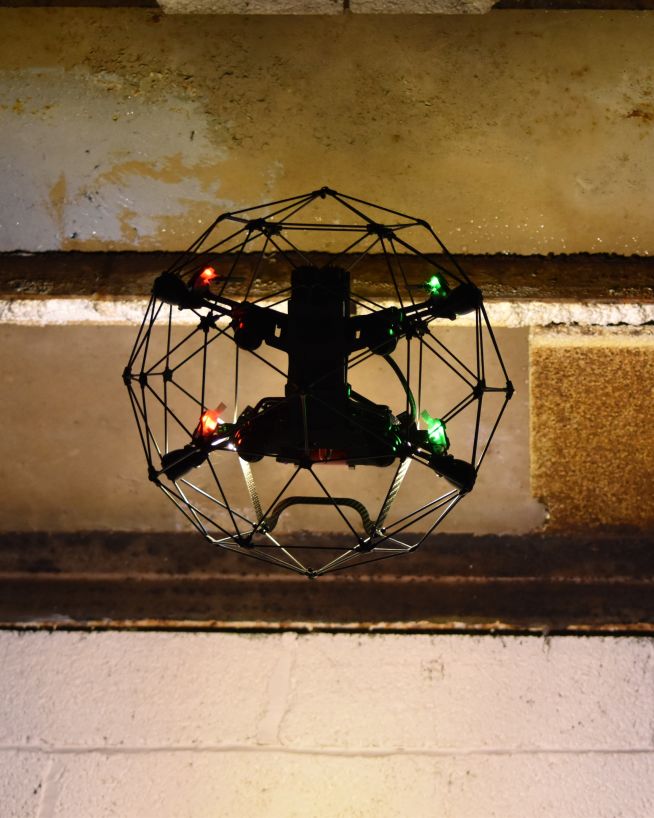
Eliminate safety concerns, save costs and reduce downtime
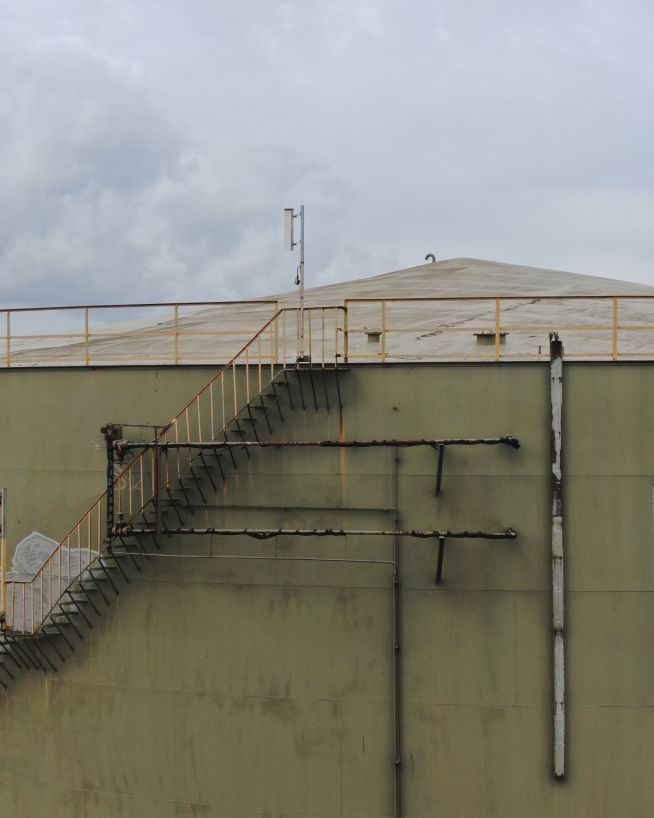
Get fast, usable data from a safe distance
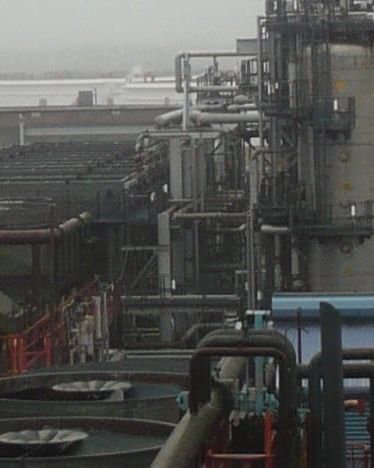
Keep production running while collecting instant critical data

Endless perspectives, without manned aircrafts or structures

Safe, precise and instant reports on vessels and infrastructure
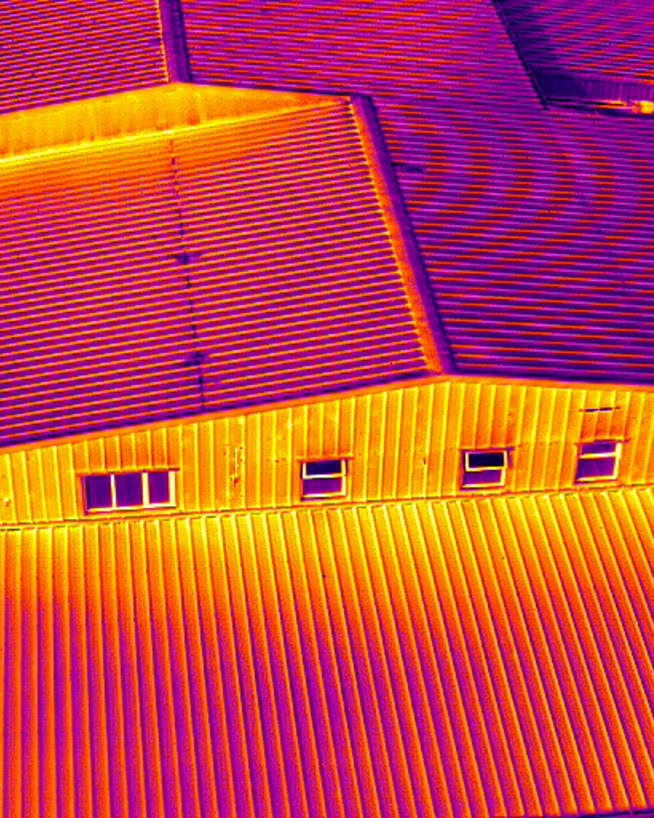
Record and document reliable visuals without safety concerns
Lidar drone mapping is the use of drones equipped with Light Detection and Ranging (Lidar) technology to create high-resolution 3D maps of terrain, buildings, and other objects. The drone emits laser beams that bounce off objects and return to the drone's sensors, creating a detailed point cloud of the object or terrain. The resulting data can be used in a variety of applications, including urban planning, construction, and environmental monitoring. Lidar drone mapping is faster and more accurate than traditional surveying methods and can cover a larger area with greater detail in less time, making it an increasingly popular tool for mapping and surveying professionals. More about LIDAR...
Multispectral aerial mapping is a process of using aerial sensors to collect data on a specific geographic area in multiple spectral bands beyond what the human eye can see. This method of mapping can capture various types of data such as visible light, infrared, thermal, and others. The captured data is then analyzed to create high-resolution maps that reveal detailed information about the area, such as vegetation health, water quality, land cover, and temperature. This mapping technique is commonly used in agriculture, forestry, environmental monitoring, urban planning, and disaster management. It provides valuable insights and helps to make informed decisions by accurately assessing and managing natural resources and land use.
By measuring the reflected and emitted radiation of an area from a distance, remote sensing is the process of identifying and keeping track of the physical features of a location. Remotely sensed images are captured by specialised cameras to form an accurate reading of the Earth.
Drone-based thermal imaging is a technology that utilizes unmanned aerial vehicles (UAVs) equipped with thermal cameras to capture high-resolution thermal images of various objects or areas. This technology allows for the detection and measurement of temperature variations in a scene, enabling the identification of heat signatures of objects and their surroundings.
Drone-based thermal imaging can be used in a variety of applications, including search and rescue operations, inspection of power lines, pipelines, and other infrastructure, monitoring of wildlife, and identifying energy inefficiencies in buildings. The technology can detect temperature differences as small as 0.1°C, making it a valuable tool for detecting hotspots and identifying potential hazards.
In operation, the drone is flown over the area of interest, capturing thermal images of the scene. The images are then processed using specialized software that converts the temperature data into visible images that can be analyzed and interpreted. The resulting images can show temperature variations in a range of colors, with red and yellow indicating hot spots, and blue and green indicating cooler areas.
Overall, drone-based thermal imaging is a powerful technology that provides accurate, non-invasive, and efficient data for various applications. Its ability to provide high-resolution thermal imagery from a safe distance makes it a valuable tool for numerous industries and professionals. More about thermal imaging...
UHD or Ultra High Definition signifies that a camera's resolution is 3840x2160 pixels. This is exactly four time higher than high definition cameras (1920x1080 pixels), and so UHD is often also know as 4K. More about drone photography...